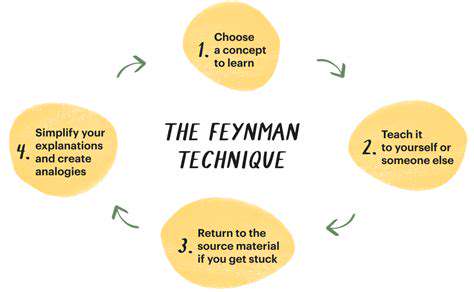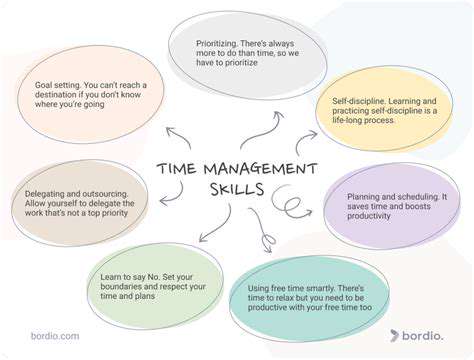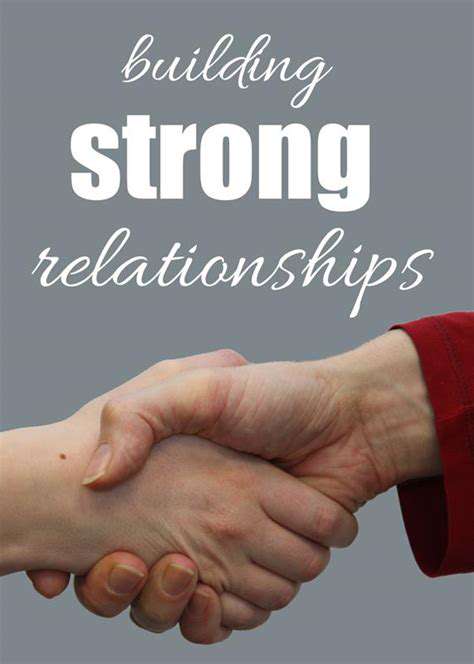Guide to Learning Through Storytelling
Beyond the Classroom: Storytelling in Everyday Life
Unveiling the Power of Personal Anecdotes
Personal stories, whether humorous or poignant, are powerful tools for learning and connection. Sharing a personal experience, even a seemingly insignificant one, can illuminate a concept or reveal a deeper truth. Consider how a childhood memory of struggling with a difficult math problem might spark understanding in a student facing a similar challenge. These personal anecdotes provide context and relatability, making abstract ideas tangible and memorable.
Furthermore, recounting personal struggles and triumphs fosters empathy and understanding within a group. By exposing our vulnerabilities, we create a space for others to connect with their own experiences, fostering a sense of community and shared humanity. This is a crucial element in learning, not just academically, but also socially.
Weaving Stories into Academic Discourse
Integrating narratives into academic discussions can elevate the learning experience. Instead of simply presenting facts and figures, weaving in relevant stories can make complex ideas more accessible. A historical account, for example, can be enriched by incorporating the personal experiences of individuals impacted by the historical event. This approach humanizes the past, making it more relatable and meaningful.
Storytelling can also stimulate critical thinking. Students can analyze the narrative structure, characters, and underlying themes to understand the context and message behind the story. This method of learning actively engages students, encouraging deeper comprehension and analysis.
Discovering Stories in the Everyday World
The world around us is brimming with stories, waiting to be discovered. From observing everyday interactions to delving into local history, opportunities for learning through storytelling abound. A simple conversation with a neighbor about their childhood can offer insights into local history and cultural traditions. Taking the time to listen and engage in these everyday narratives is a powerful learning tool, providing invaluable context and perspective.
Observing the details of a local community, whether through a visit to a historical site or a conversation with a shop owner, can reveal hidden stories. These everyday anecdotes provide a deeper understanding of the human element within the context of the community.
The Art of Active Listening and Storytelling
The ability to actively listen and tell stories effectively is a crucial life skill. Truly understanding a story, whether it's a personal anecdote or a complex historical event, requires active listening. By focusing on the speaker's words, tone, and body language, we can gain a deeper understanding of the message being conveyed. This skill is essential not only in academic settings but also in personal relationships and professional endeavors.
Similarly, the art of storytelling involves more than just recounting facts. Effective storytelling uses vivid language, engaging characters, and compelling narratives to transport the listener to another world. Developing this skill can enhance communication, build stronger relationships, and even inspire others to pursue their own stories.
Storytelling Across Cultures and Generations
Stories transcend cultural boundaries, connecting individuals across generations. Sharing tales of cultural heritage, family traditions, and historical events allows us to understand different perspectives and experiences. Learning about the stories of different cultures can foster empathy and promote cross-cultural understanding, breaking down barriers and prejudices.
Stories passed down through generations carry valuable lessons and wisdom. They can reveal insights into cultural values, societal norms, and the evolution of human experience. By actively listening to and sharing these stories, we honor the past and build a bridge to the future.
Read more about Guide to Learning Through Storytelling
Hot Recommendations
- How to Stay Productive While Working Remotely
- Tips for Managing Conflict with Coworkers
- Entrance & Certification Exams (升学考试)
- How to Improve Your Storytelling Skills (Speaking)
- How to Find Profitable Side Hustles
- Tips for Preparing for the TOEFL iBT Home Edition
- Guide to Switching Careers from [Industry A] to [Industry B]
- How to Run an Effective Hybrid Meeting
- Tips for Marketing Your Side Hustle on Instagram





![How to Improve Your Memory and Retention [Techniques]](/static/images/32/2025-05/OptimizingYourLearningEnvironment3ASettingtheStageforSuccess.jpg)




![Tips for Passing Your [Specific Certification Exam]](/static/images/32/2025-07/BeyondtheExam3ASustainingYourKnowledgeandGrowth.jpg)